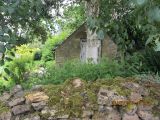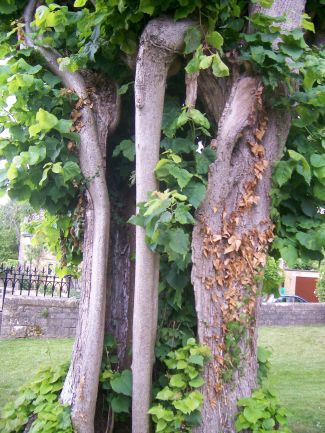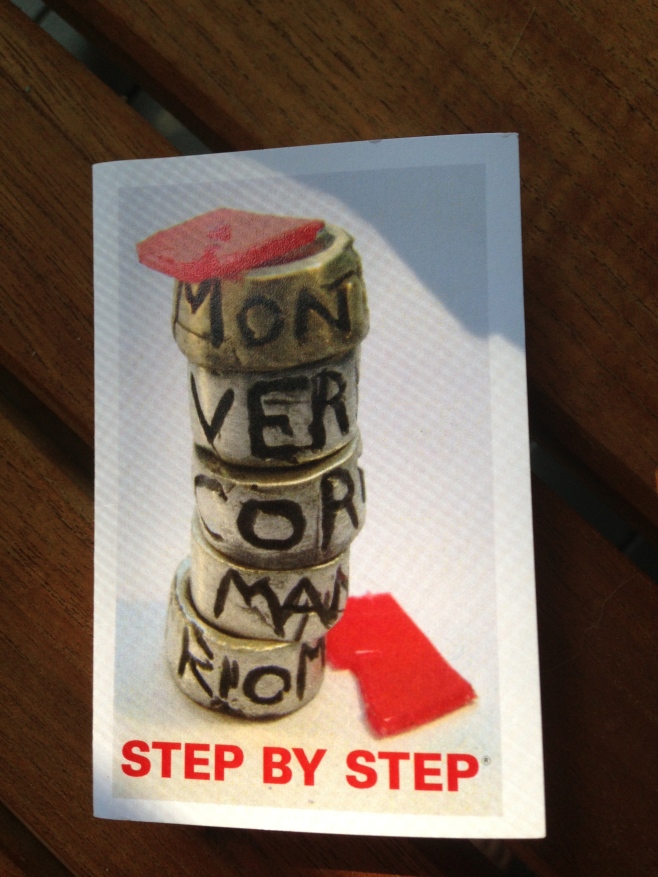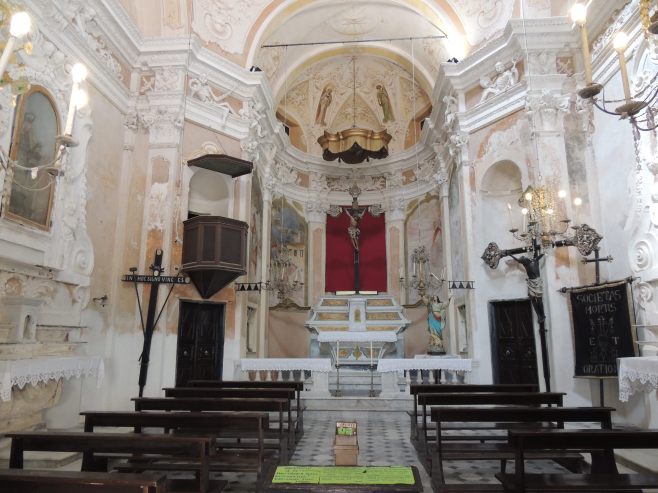Hagia Sophia, Istanbul, Turkey
Hagia Sophia, Holy Wisdom, has been called the greatest house of worship in the Christian and Muslim worlds: Hagia Sophia, the Great Church of Constantinople, a Greek Orthodox basilica, was built by Byzantine Emperor Justinian in A.D. 537 over the remains of two churches. More than 5,000 architects, stonemasons, bricklayers, plasterers, sculptors, painters and mosaic artists worked around the clock for 5 years to complete the church. People came from all over the world to watch the great dome slowly rise above the landscape and for a 1000 years it was the greatest dome in the world until the Renaissance when Brunelleschi built the dome over the Duomo, in Florence, Italy. In 1204 it was converted to a Roman Catholic cathedral. It remained the largest cathedral for nearly 1000 years until the Seville Cathedral was completed in 1520. In 1453 Constantinople was conquered by the Ottoman Turks under Sultan Mehmed II, who ordered the main church be converted into a mosque. The relics were removed and the mosaics depicting Jesus, His mother Mary, Christian saints and angels were removed or plastered over. Islamic features and the minarets were added. In 1935, the first Turkish president, and founder of the Republic of Turkey, Mustafa Kemal Atatürk, transformed the building into a museum. The carpets were removed and the marble floor decorations appeared for the first time in centuries, while the white plaster covering many of the mosaics was removed, revealing the beautiful mosaics still intact. The plaster had actually preserved them.
Today, Hagia Sophia is a beautiful museum, featuring the best of Christian and Muslim architecture.
After going through tight security and inspection let’s look at this wonder of the world!
The Ottomans added this fountain in the 18th century, when Hagia Sophia was used as a mosque. It was used for ablution, ritual cleansing before prayer, as part of Islamic traditions.
Unearthed in 2010, the immense baptismal pool was hewn out of a massive piece of marble. More than ten feet wide and four feet deep, the pool was used for communal baptisms common in early Christianity.
The green marble columns carry the upper galleries and provide support to the domes, easing the burden of the buttresses and exterior walls.
Many of the marble columns were brought here from other, even more ancient monuments and temples.
To get a perspective of the size of the Nave, Paris’ Notre Dame Cathedral would fit within Hagia Sophia’s great dome.
The religious use of icons, depictions of human figures in mosaics, frescoes and other art forms, were very controversial throughout Byzantine history. Church and political leaders clashed over icons. The public liked the figures, and since most people at the time could not read, these pictures told the stories of the church teachings and emperors used them to bolster their claim to divine power, often depicting themselves as holy figures.
The mimber is the pulpit in a mosque used by the imam to deliver a sermon on Fridays or to talk to the public on special occasions. The imam stands halfway up the stairs as a sign of respect, reserving the uppermost step for the Prophet Muhammad.
The 24-foot-wide, leather wrapped, wooden medallions, were added in the 19th century and decorated by master calligraphers. In a church you see paintings of Biblical figures and saints, however in a mosque, which allows no depictions of people, you see ornately written names of Allah and Muhammad.

















































































































































































